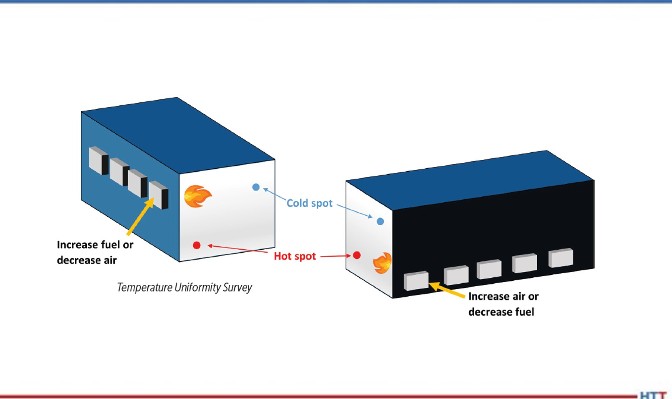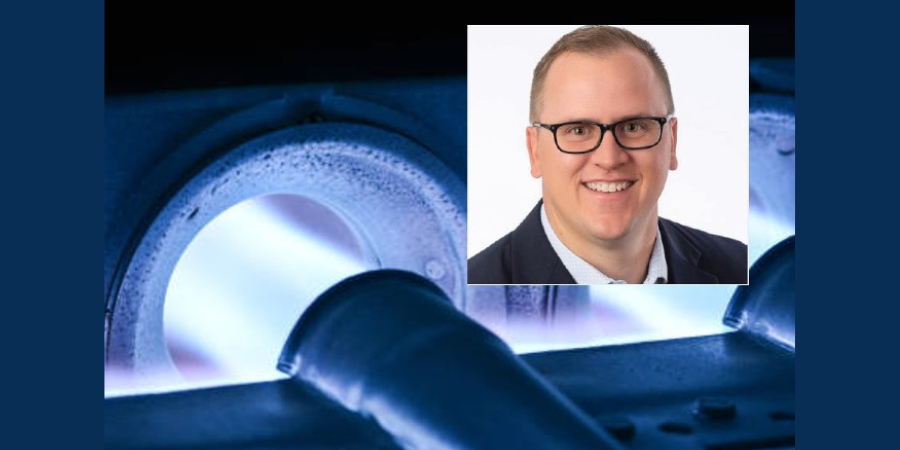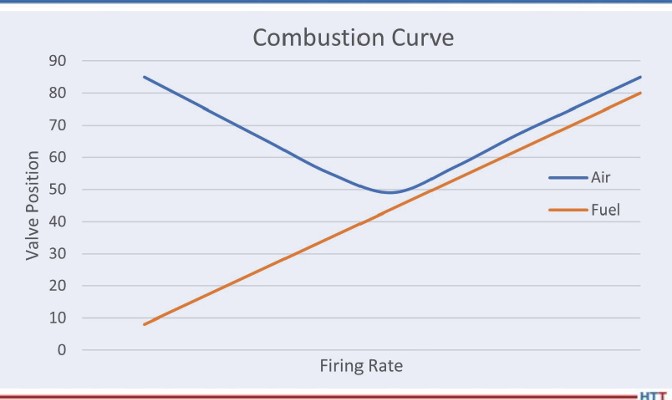![]() Is there a way to combine pulse firing and fuel-only modulation without retaining the downsides of either method? Parallel positioning of burner controls may just be the win-win solution heat treaters are looking for.
Is there a way to combine pulse firing and fuel-only modulation without retaining the downsides of either method? Parallel positioning of burner controls may just be the win-win solution heat treaters are looking for.
This Technical Tuesday, written by Scott Fogle, national account executive at Siemens Combustion Controls, first appeared in Heat Treat Today's August 2022 Automotive print edition.

National Account Executive
Siemens Combustion Controls
Two common burner control methods for uniform furnace temperature needing Nadcap and AMS2750F requirements are pulse firing and fuel-only modulation. High convective heat transfer of the gases in the furnace results in good uniformity. Pulse firing keeps burners at high fire using on/off cycle times, and fuel-only modulation uses a constant high velocity of the combustion air. Both methods have a downside. When the cycle times of pulse firing are short for low temperature setpoints, the stirring effect is reduced, resulting in temperature uniformity challenges. Fuel-only modulation uses large amounts of excess air which is inefficient especially at high furnace temperatures.

Parallel positioning offers a hybrid solution between pulse firing and fuel-only modulation. Parallel positioning independently controls the air and fuel on each burner. This control modifies the air-to-fuel ratio based on firing rate. At high firing rates of approximately 50% and above, the burner can be set to a stoichiometric ratio for the highest efficiency. When the firing rate falls below 50%, stoichiometric operation loses the high velocity stirring effect needed to obtain good uniformity. To maintain the stirring effect, excess air is added as the firing rate decreases. The air curve on a firing rate verses valve position chart looks like the letter “V.” Firing efficiently at high firing rates and adding excess air at low firing rates combines the best of pulse firing and fuel-only modulation in one solution.
When conducting a temperature uniformity survey, parallel positioning offers flexibility to make minor adjustments to both the air and fuel of a burner. To correct cold spots and hot spots during a survey, there are four options available to tune the burner closest to the cold/hot spot at a particular firing rate: 1) increase air 2) decrease air 3) increase fuel and 4) decrease fuel. These adjustments of air and gas flow converge the temperature readings together for uniformity at multiple temperature setpoints.
Parallel positioning offers a couple other advantages as well. Many of these systems allow for an independent ignition position for each actuator: air and gas. A burner technician can set ignition for each burner at an elevated level and perhaps a rich mixture to increase the likelihood of reliable ignition in all cases, without compromising on turndown. If a specific firing rate and/or ratio does not suit a burner well, maybe the burner resonates or the flame signal weakens, the air fuel mixture can be adjusted independently at that point to minimize the undesirable characteristic.
Parallel positioning air fuel ratio control has been around for decades under the hoods of our cars, and for nearly that long in several large burner applications too. As these systems have become more reliable and less expensive, the benefits can be enjoyed by many other combustion applications. We’ve seen several furnaces take advantage of these benefits for improved operation in recent years.
About the Author: Scott Fogle is a national account executive with Siemens Combustion Controls based out of the Chicagoland area. He previously served as a combustion engineer for a globally recognized burner manufacturer. Scott holds 10 years of experience in the field of combustion and serves as an alternate on the NFPA 86 committee. Contact Scott at sfogle@scccombustion.com.
 Find heat treating products and services when you search on Heat Treat Buyers Guide.com
Find heat treating products and services when you search on Heat Treat Buyers Guide.com









